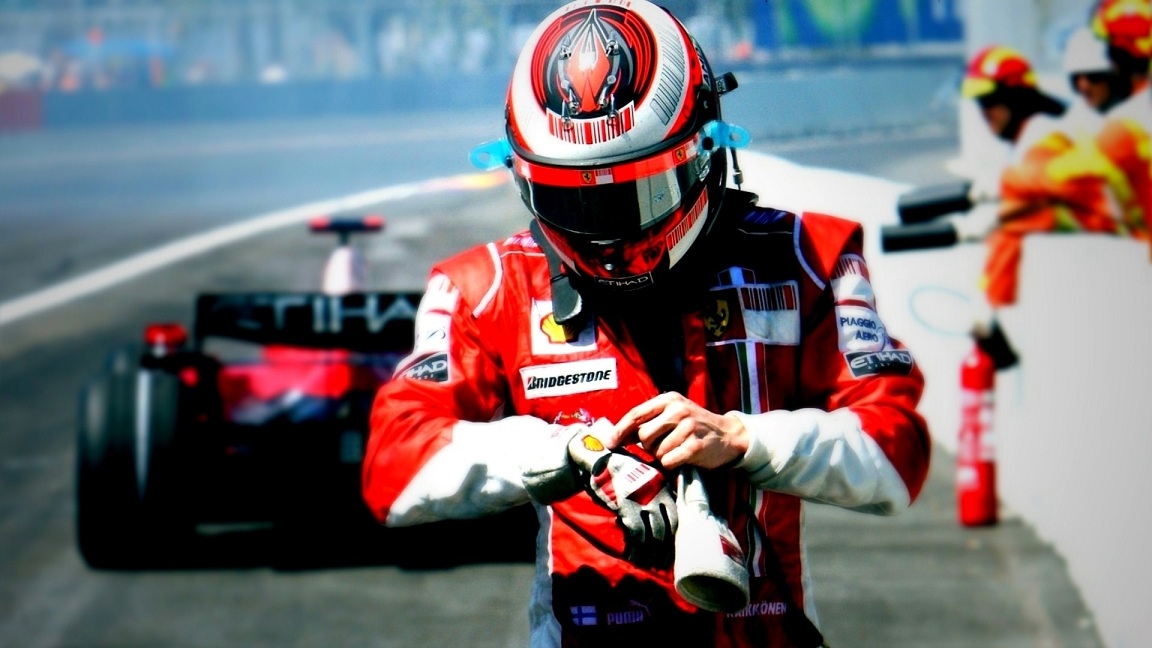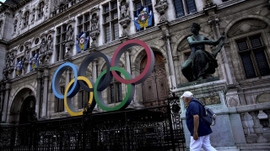Assessments of post-accidental physical conditions of Formula 1 drivers are about to get easier, thanks to biometric gloves that will be introduced into the race.
The new technology, which features a 3mm thick sensor, will be stitched inside the gloves to help medical personnel monitor the pulse rate and amount of oxygen in the blood of the user. Data recorded by the gloves includes body temperature and respiratory rate.
“We would like to start monitoring and assessing them as soon as we possibly can,” said Federación Internacional del Automóvil (FIA) Deputy Medical Delegate Dr. Ian Roberts, according to reports by MotorSport.com.
“The equipment that we currently use is relatively bulky and is only applied after the incident has happened,” Roberts said.
Biometric sensors have been tested by Mercedes, Ferrari, and Red Bull drivers during this summer’s Hungarian Grand Prix, which ran from July 27 – 29. The best place to fix the sensor inside the gloves will be determined, based on the results of the Hungarian race test results.
Formula 1 accidents sometimes make it impossible to have immediate access to victims and begin first aid intervention, prompting the need for better technology to record vital information.
Toro Rosso team driver Carlos Sainz suffered from an accident that occurred during the final practice race at the Russian Grand Prix in Sochi, Russia in October 2015. Sainz had hit the walls on the entry to a corner, and was left trapped underneath a barrier, making it impossible for medical professionals to access him immediately after the incident.
Dr. Roberts believes that the data from the gloves’ sensor will be especially useful in incidents like that involving Sainz.
“Accurate monitoring was impossible until we got hands-on, and obviously we couldn’t do that until the barriers were moved,” Sainz said.
With the project being backed by the Global Institute for Motor Sport Safety, the Formula 1 organizers are now hopeful that data produced from the sensors will make all the difference in big accidents.
“With this new technology, the moment a driver has an incident we will receive physiological readings and biometrics, so he is continually monitored from point zero right through to the initial response and onto the medical center,” Roberts added.
FIA confirmed the 2018 Formula 1 calendar in June, which includes motorsport racing tournaments in 21 different locations across the world. The 2018 seas will kick off with the Australian Grand Prix on March 25, 2018 and wrap up on November 25 in Abu Dhabi.
The Caspian region will host Grand Prix races twice during the 2018 season. The Baku City Circuit will take place in Azerbaijan from April 27-29, while the Sochi Autodrom race, in Russia, will run from September 28-30.







 President Aliyev emphasized the critical role of the North-South Transport Corridor in fostering transport cooperation between Azerbaijan and Russi...
President Aliyev emphasized the critical role of the North-South Transport Corridor in fostering transport cooperation between Azerbaijan and Russi...
 Russian Foreign Minister Sergei Lavrov has reasserted that Moscow has no intentions to stop the fighting in Ukraine, even if peace talks commence.
Russian Foreign Minister Sergei Lavrov has reasserted that Moscow has no intentions to stop the fighting in Ukraine, even if peace talks commence.
 Iran has refuted reports of alleged damage to Shimon Peres Negev Nuclear Research Centre located southeast of Dimona, Israel, during the recent air...
Iran has refuted reports of alleged damage to Shimon Peres Negev Nuclear Research Centre located southeast of Dimona, Israel, during the recent air...
 Iran and Pakistan have signed eight cooperation documents in various fields, and agreed to strengthen ties to fight terrorism in the region.
Iran and Pakistan have signed eight cooperation documents in various fields, and agreed to strengthen ties to fight terrorism in the region.



